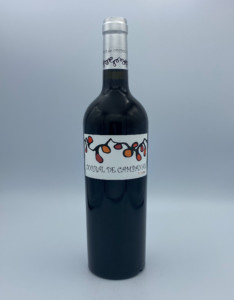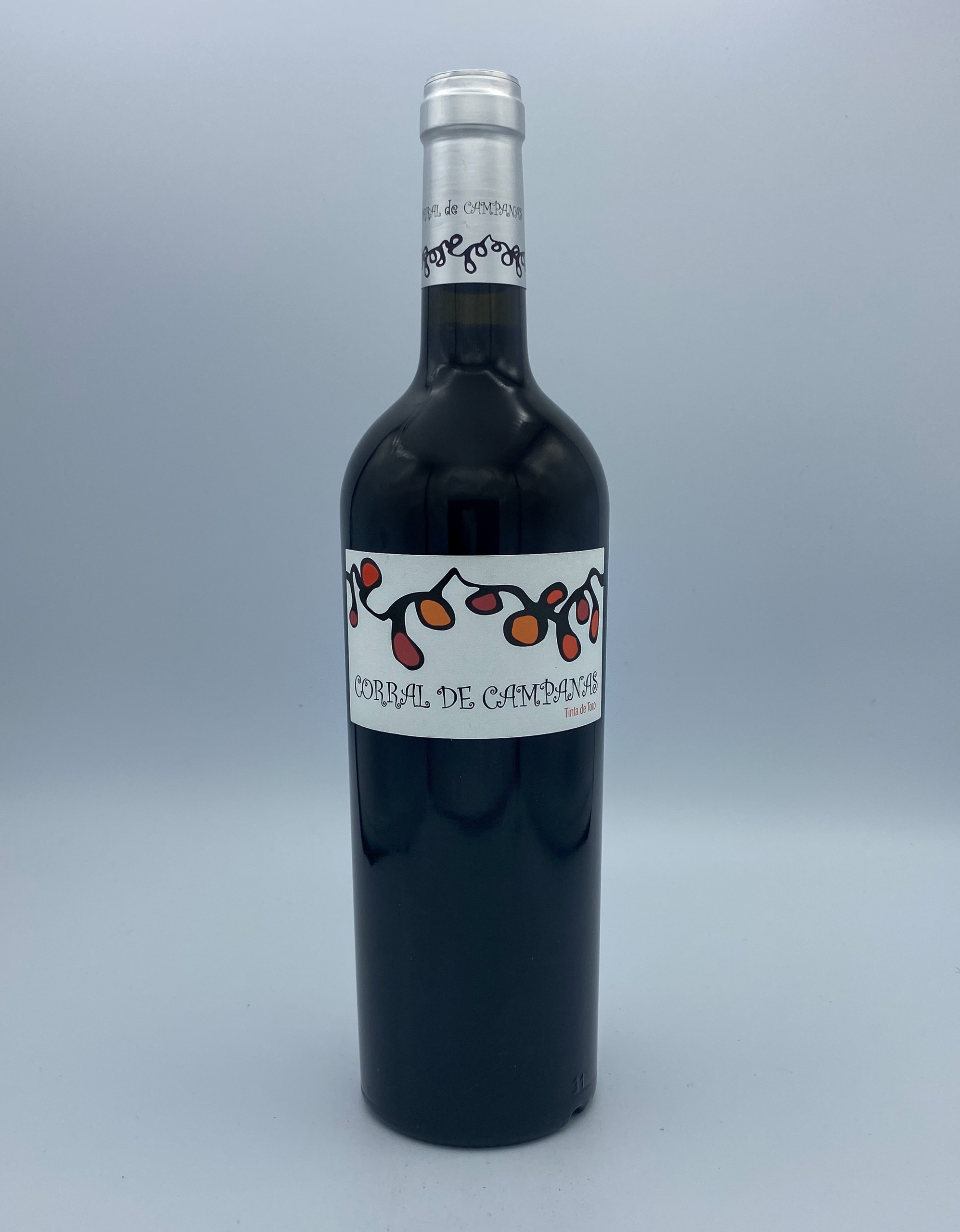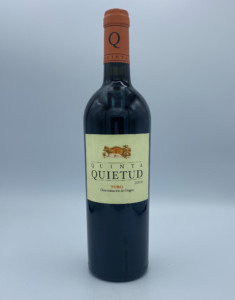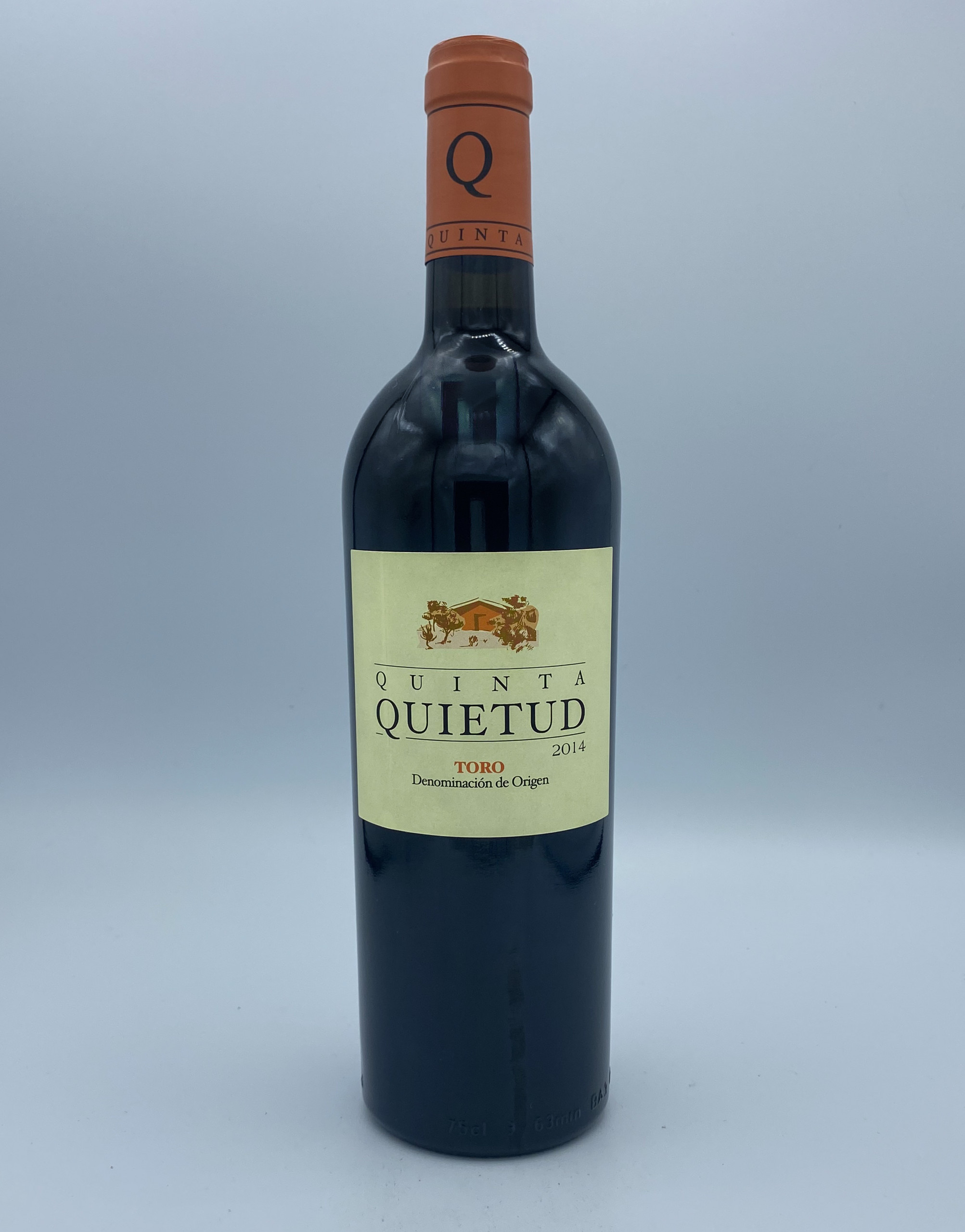Quinta de la Quietud
About
Owner: Eusebio Sacristan Mena
Winemaker: Jean François Hébrard
Vineyards: 21ha, all estate-owned
Vineyard management: Certified organic
Soils: Sandy and stony with pebbles
Grapes grown: 97% Tinta de Toro, plus a small amount of white grapes including Malvasia
Annual production: 70,000 bottles
Quick facts:
- The old bush vines of Tinta de Toro in the Quinta de la Quietud estate vineyards are dry-farmed, certified organic, and plowed by horses.
- The deep sandy soils and extreme temperatures in Toro produce concentrated and intense wines.
Quinta de la Quietud is located in the Toro wine region, just a few kilometers south of the River Duero. Established in 1999, today it comprises 21ha of estate-owned vineyards. Toro is a region with an extreme continental climate, with winter temperatures as low as -11°C (12°F) and summer temperatures often reaching 37°C (99°F). With up to 3000 hours of sunlight per year and as little as 350-400mm of rainfall, conditions are ideal for producing ripe, concentrated, and intense wines from Tinta de Toro grapes (the local name for Tempranillo).
In the Quietud vineyards, the soils are deep but with a light texture, composed of pebbles and 55-85% sand. The surface is hot and dry, but the depths stay cool even in summer. All of the vineyards are planted to gobelet-trained bush vines and dry farmed. The oldest vines were planted between 1960 and 1988, with more recent plantings in 2000 and 2004. Horses are used instead of tractors for vineyard work in the winter and spring, and farming is certified organic. Their goal is to work with and support the natural balance of the environment rather than fighting against it.
In the cellar, all fermentations occur spontaneously with native yeast and no added sulfur. Wines are aged in stainless steel tanks as well as French and American oak, with a restrained percentage of new oak.






